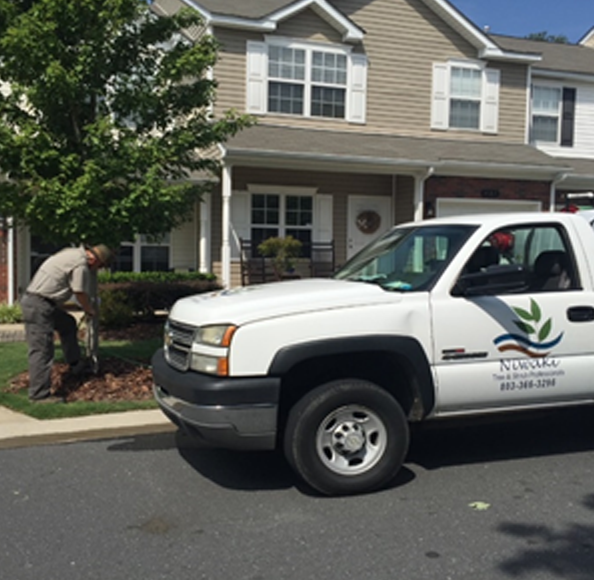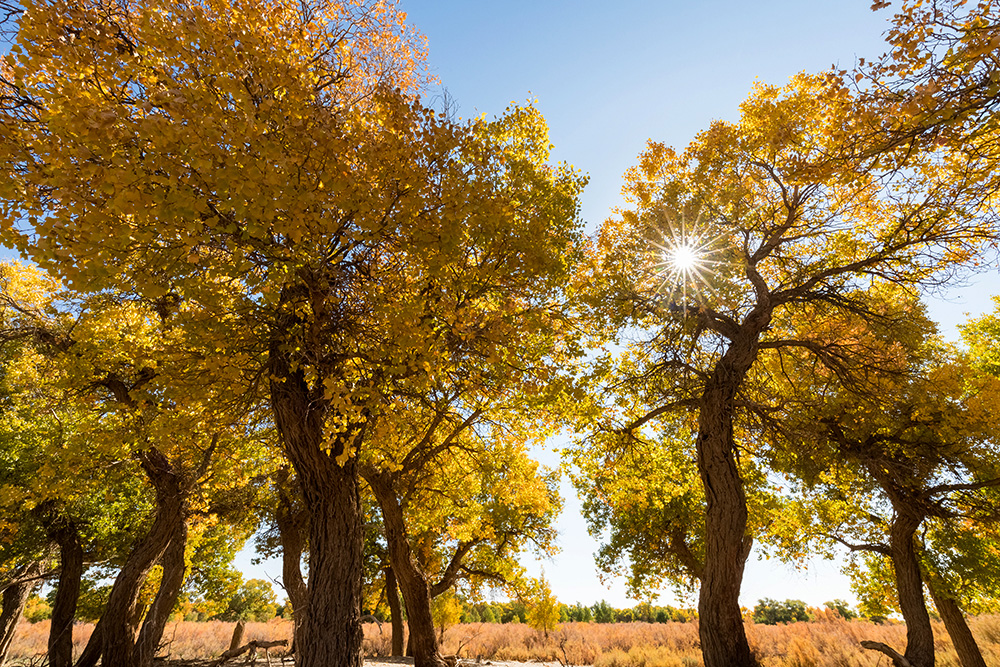
Tree Transplanting Rock Hill
Move With Care
Niwaki Tree and Shrub Care offers expert tree transplanting and tree relocation services that prioritize tree health, root preservation, and long-term success.
Why Tree Transplanting Requires Expertise

Moving a tree isn’t as simple as digging it up and planting it elsewhere. Transplanting involves careful planning, proper root ball preparation, and post-move care to ensure survival and minimize stress.
At Niwaki, we specialize in:
- Identifying the best time of year for transplanting
- Preserving root integrity
- Selecting an ideal new planting site
- Using correct equipment and techniques for safe transport
- Supporting the tree post-relocation with organic soil care and deep root watering
Our team has experience moving trees of all sizes—from small ornamentals to mature focal-point species.
Why Choose Niwaki for Tree Relocation?
- 20+ Years of experience with Southern tree species and soil
- Trained specialists—not just laborers
- Organic and eco-friendly treatment options
- Focus on long-term tree vitality, not just one-time moves
- Licensed and insured for your protection
Our Tree Transplanting Process
- Initial Evaluation – We inspect the tree’s health, size, species, and surrounding conditions.
- Site Assessment – We ensure the new location meets the tree’s light, space, and soil needs.
- Root Pruning (if needed) – For large trees, we may recommend root pruning weeks or months in advance.
- Digging & Lifting – We carefully extract the tree with its root ball intact using specialized tools.
- Transport & Replanting – The tree is moved and planted at the new location with proper orientation, staking, and backfill.
- Aftercare – We apply water, mulch, and optional organic treatments to support recovery.

Tree Relocation: When and Why to Consider It
Tree relocation is ideal when:
- You’re remodeling your landscape and want to preserve established trees
- A tree has outgrown its space or is too close to structures
- Construction, driveway expansion, or home additions are underway
- You’re correcting improper original placement (light, soil, or drainage issues)
- You’ve planted a young tree and realize it needs a better location to thrive
Instead of removing or replacing a healthy tree, relocation allows you to keep its beauty and benefits in a more suitable place.
Post-Transplant Care Makes the Difference
Relocation is only half the job. After transplanting, we monitor the tree for stress signs, offer deep root watering, and apply organic soil conditioners to ease root reestablishment. Our holistic Plant Health Care approach ensures your tree adapts quickly and continues to thrive in its new home.

Tree Transplanting FAQ
Digging up a tree requires careful preparation. We begin by outlining a root ball sized appropriately for the tree’s age and species, then use hand tools or machinery to gently excavate around the roots. The goal is to keep as much of the root system intact as possible for a successful relocation.
Roots should never be exposed for long. Ideally, trees should be replanted within hours of being removed. We minimize transplant shock by keeping the root ball moist, shaded, and properly wrapped during transport.
Trees can experience transplant shock for several weeks to several months, depending on the tree’s size, health, and the conditions of the new site. During this period, proper watering and aftercare are essential to encourage new root growth and recovery.
Post-transplant care includes deep watering, mulching, and monitoring for signs of stress such as wilting or yellowing leaves. We also recommend applying organic root stimulants or mycorrhizae to help the tree re-establish in its new environment.
Yes, but carefully. Minor root pruning may be necessary to form a manageable root ball or encourage new feeder root growth. However, cutting too many roots or damaging major root structures can increase the risk of transplant failure. We ensure pruning is strategic and minimal.


